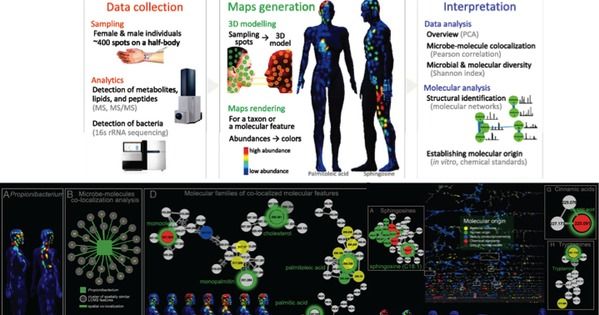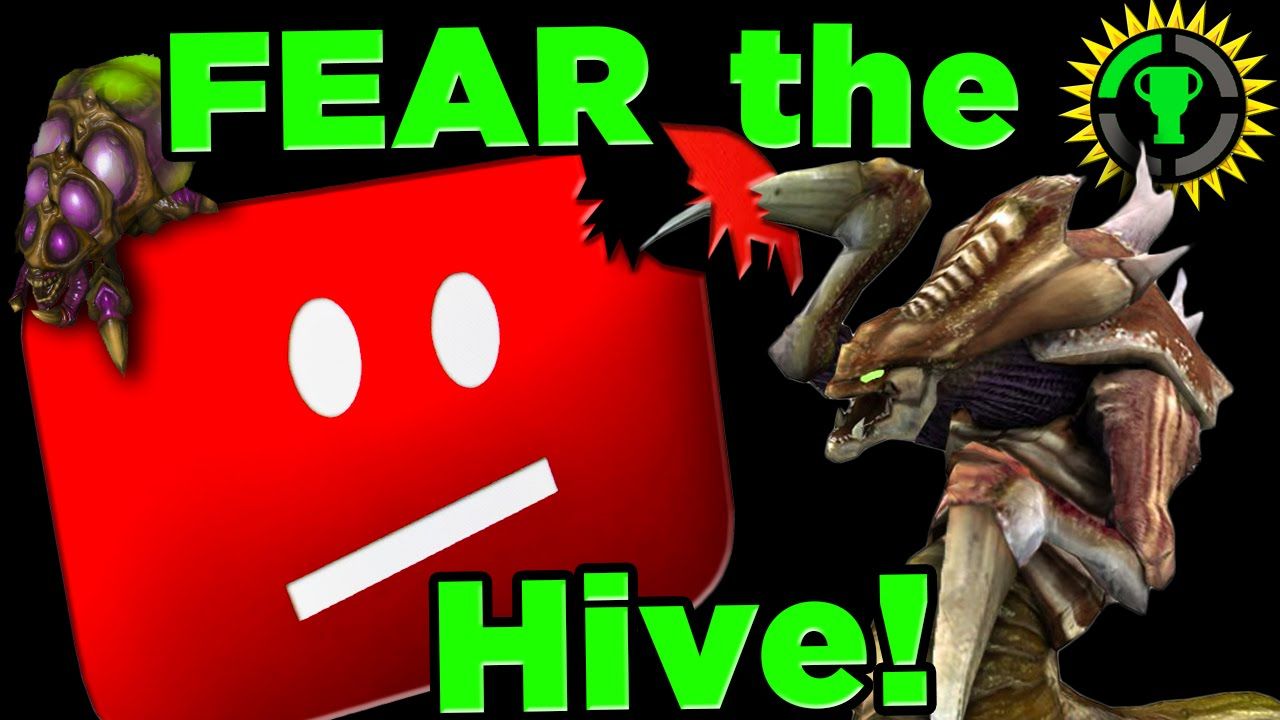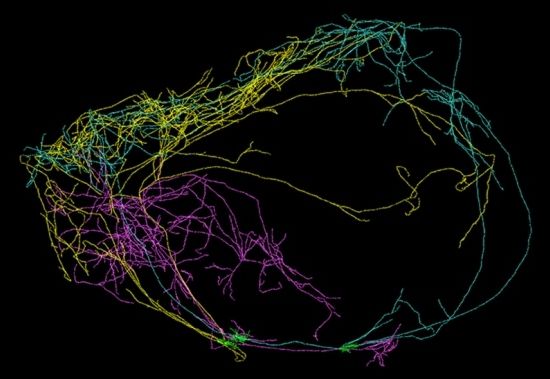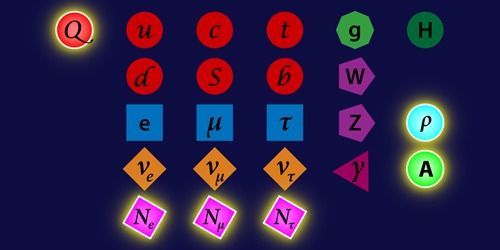Simply load all of your credit, debit, loyalty, and gift cards onto your EDGE and make payments anywhere.
On 10 February 2017, the London-based charity Cancer Research UK announced that a team of molecular biologists, astronomers and game designers would receive up to £20 million (US$25 million) over the next five years to develop its interactive virtual-reality map of breast cancers. Currently there are animations for tumor that allow virtual flew throughs. However, they are mock-up. The real models will include data on the expression of thousands of genes and dozens of proteins in each cell of a tumor. The hope is that this spatial and functional detail could reveal more about the factors that influence a tumor’s response to treatment.
The project is just one of a string that aims to build a new generation of cell atlases: maps of organs or tumors that describe location and make-up of each cell in painstaking detail.
Cancer Research UK awarded another team up to £16 million to make a similar tumor map that will focus on metabolites and proteins. Later this year, the US National Institute of Mental Health will announce the winners of grants to map mouse brains in extraordinary molecular detail. And on 23–24 February, researchers will gather at Stanford University in California to continue planning the Human Cell Atlas, an as-yet-unfunded effort to map every cell in the human body.
In Brief
- Through the hive mind, everyone would be connected to everyone else telepathically, and we could all share our thoughts, memories, and even dreams with one another.
- Though a global hive mind would be susceptible to things like hacking or thought control, it could also lead to almost unimaginable levels of innovation.
Communication technology tends to develop in a particular direction: more people communicating across larger distances using less effort to do so. Taken to its logical extreme, perfect communication would be anyone being able to talk to anyone, anywhere, using no effort at all.
The closest concept we have to this form of communication is something called the hive mind. Everyone would be connected to everyone telepathically, and we could all share our thoughts, memories, and even dreams with one another. Such a system of communication would not only have far-reaching consequences, it would also be hugely controversial.
Today’s extraordinary rate of exponential growth may do much more than just disrupt industries. It may actually give birth to a new species, reinventing humanity over the next 30 years.
I believe we’re rapidly heading towards a human-scale transformation, the next evolutionary step into what I call a “Meta-Intelligence,” a future in which we are all highly connected—brain to brain via the cloud—sharing thoughts, knowledge and actions. In this post, I’m investigating the driving forces behind such an evolutionary step, the historical pattern we are about to repeat, and the implications thereof. Again, I acknowledge that this topic seems far-out, but the forces at play are huge and the implications are vast. Let’s dive in…
Hibernation used in conjunction with radiotherapy could be the key to fighting cancer in the future, according to new research.
Putting cancer patients into a hibernation-like ‘deep sleep’ state could hypothetically slow down their bodily functions and halt the spread of tumours inside their tissues, while also increasing the body’s resistance to radiation, scientists suggest.
The experimental treatment – which is still many years away from being attempted in humans – might sound like science fiction, but does have some grounding in reality.
(Phys.org)—A quartet of researchers has boldly proposed the addition of six new particles to the standard model to explain five enduring problems. In their paper published in the journal Physical Review Letters, Guillermo Ballesteros with Université Paris Saclay, Javier Redondo with Universidad de Zaragoza, Andreas Ringwald with Max-Planck-Institut für Physik and Carlos Tamarit with Durham University describe the six particles they would like to add and why.
The standard theory is, of course, a model that has been developed over the past half-century by physicists to describe how the universe works, and includes such things as the electromagnetic, strong and weak interactions, and also describes what are believed to be the particles that play a role in it all. To date, the theory lists 17 fundamental particles and has stood up against rigorous testing, but it still does not include explanations for what are considered to be some fundamental things.
The researchers are quick to point out that they are not proposing any new physics. Instead, they have assembled what they believe are the most promising theories regarding several problems with the standard model and their possible solutions, and have put them together as an outline of sorts for research moving forward.









